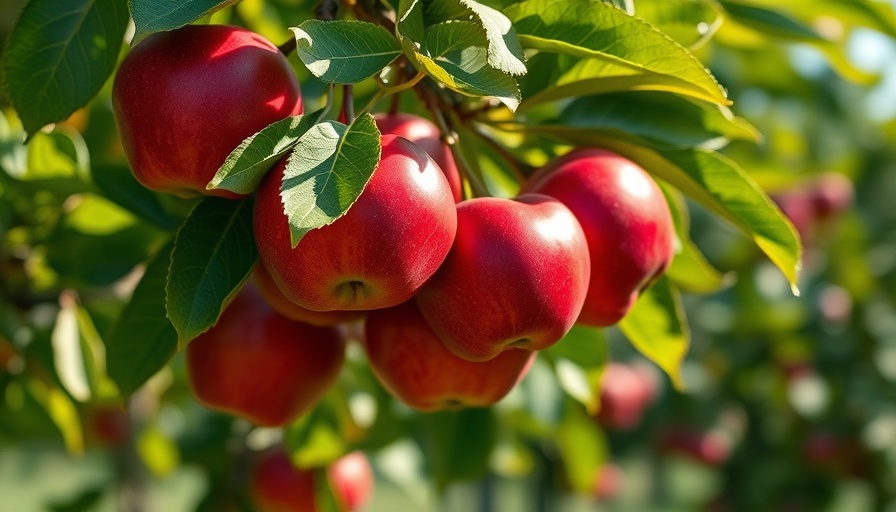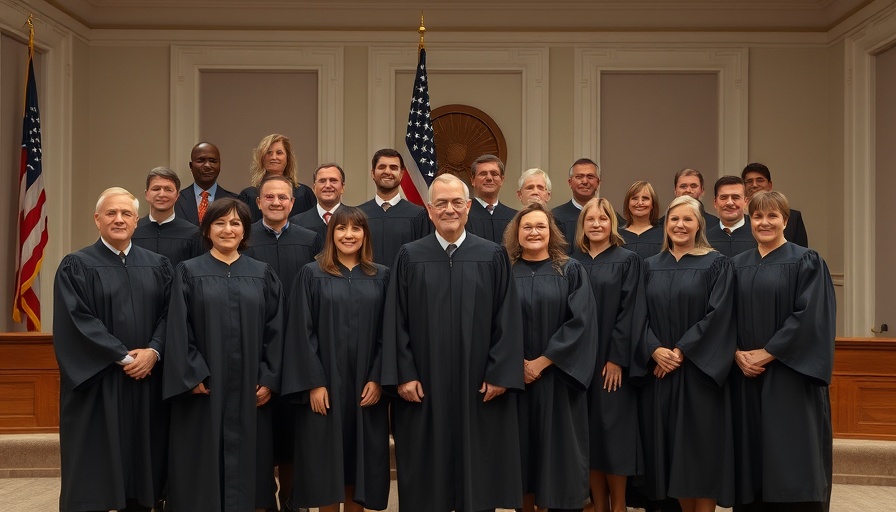
Hope on the Horizon: Michigan Growers Anticipate a Bountiful Harvest
This year's surprisingly colder winter has sparked optimism among Michigan farmers, who are eager for a fruitful season after grappling with fluctuating temperatures and mild winters that previously jeopardized their crops. With a background of recent weather-related challenges, growers like Dennis Strahle and Greg Shooks are hopeful that this shift in climate could mean a more favorable harvest.
The Risks of Mild Winters
Over the past few years, unpredictable weather patterns have caused significant distress for fruit producers. For example, in 2024, many crops faced early bud bursts followed by frost damage that decimated yields. As Strahle, who is president of the Michigan Nut and Fruit Growers Association, recalls, last spring saw his Cornelian cherries and plum trees blooming prematurely, which was disastrous due to the late frosts that hit shortly after. This season, however, conditions appear more favorable.
Understanding Dormancy in Fruit Trees
Fruit trees, like those cared for by Shooks Farm, require specific chilling hours to ensure healthy growth. Typically, trees need about 1,000 hours exposed to temperatures between 35 and 45 degrees Fahrenheit to emerge from dormancy properly. Currently, the healthy status of Shooks' trees—still dormant and full of stored nutrients—presents a promising outlook. Such conditions allow trees to rest, subsequently awakening at the right time, offering a better chance at robust growth and harvest.
Navigating Future Challenges: The Overproduction Risk
While optimism abounds, growers must also be cautious about the potential consequences of overproduction. If yields exceed market demand, prices could plummet, ultimately harming farmer profits. Farmers need to closely monitor their crops and market trends to avoid this scenario, making strategic decisions that can balance both supply and demand.
A Community Connects Through Agriculture
The impact of healthy crops extends beyond individual farmers to the communities that depend on them. Local economies thrive on agricultural success, providing jobs and supporting a vibrant network of local vendors, markets, and consumers. The hope for a successful harvest isn't just about profit; it's about sustaining the local community as a whole.
How Farmers Prepare for the Coming Season
In anticipation of a more favorable season, Michigan growers are gearing up by investing in better agricultural practices, crop management resources, and community outreach. Collaborative efforts among local farmers to share insights and techniques are critical for building resilience in the face of climate uncertainty. Networking within professional organizations strengthens the agricultural community, allowing for shared learning and mutual support among growers.
Wrap-Up: Cultivating Hope for Michigan's Future
The transition to a colder winter offers a platform of hope for the Michigan fruit crop. As farmers begin their preparations for a productive growing season, communities eagerly await the fruits of their labor, underscoring the interconnectedness of agriculture and local economic resilience. As they cultivate their fields, they also cultivate a shared optimism for a bountiful and sustainable future.
 Add Row
Add Row  Add
Add 




 Add Row
Add Row  Add
Add 

Write A Comment